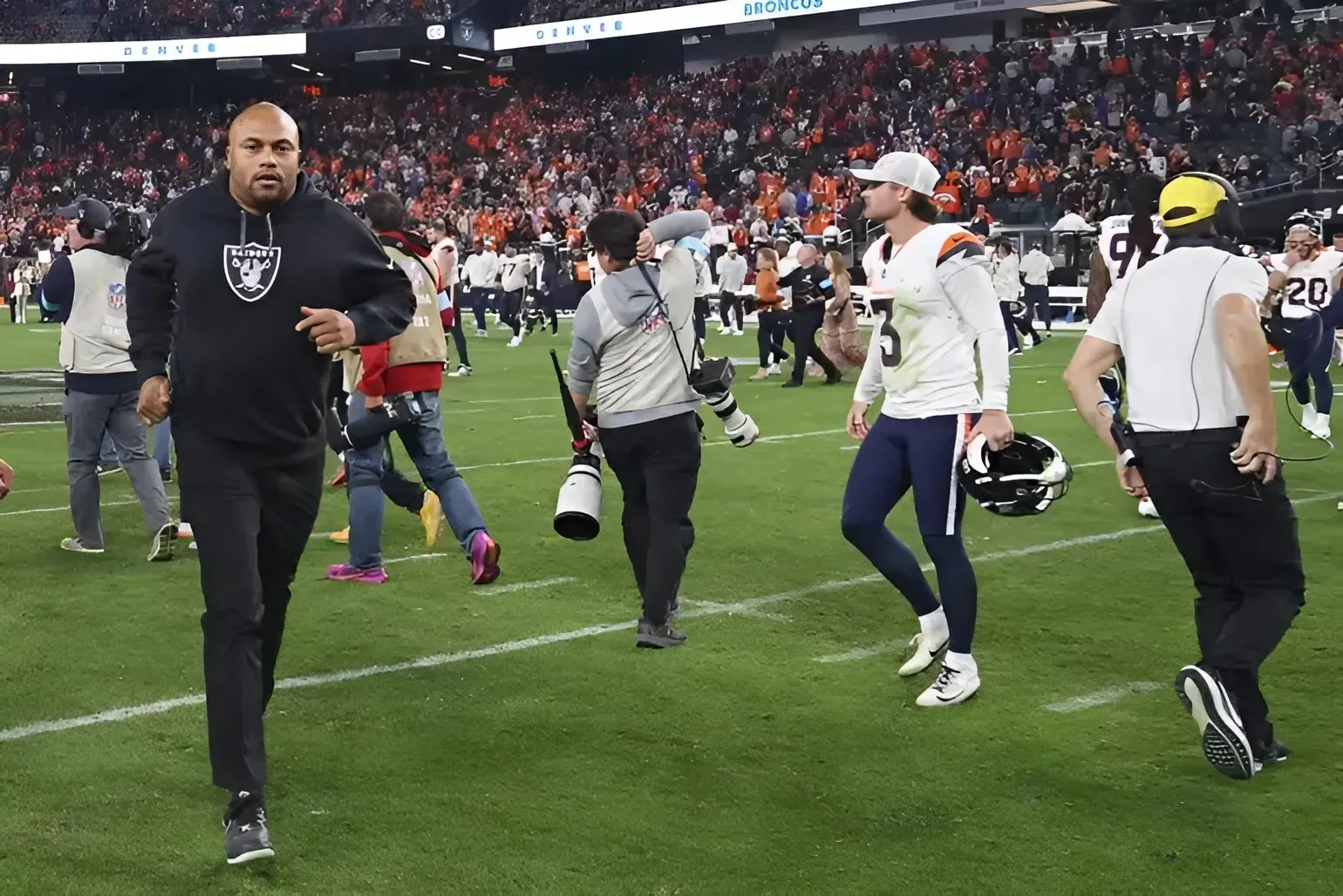Kristaps Porziņģis will help and change the Celtics’ defense, but their slow start and rim protection troubles stemmed from a different approach Boston needed.

A week ago, a sampling of the NBA’s centers who switched onto guards for the greatest number of minutes revealed that Neemias Queta spent more than 34% of his time on the floor defending the perimeter — the greatest share by far in the league.
Al Horford trailed him closely at 28% and Luke Kornet, once exclusively a drop defender, ranked sixth at 26.1%. Boston’s defense, bent on taking away the rim as much as the three-point line, shifted to the latter extreme early this season and cut off the perimeter.
Unfortunately, the result included a significant drop-off in rim protection. Through Sunday, prior to Kristaps Porziņģis’ return, Boston allowed 65% shooting to opponents inside five feet, which ranked 24th after a third-place finish one year ago. The team enjoyed improvements elsewhere, reducing the number of three-point attempts they allowed from 36.7 to 35.0, forcing 13.9 turnovers per game compared to a league-low 12.0 in 2024 and their defensive rating (111.1) didn’t fall far behind last year’s 110.6 point per 100 possessions allowed.
However, the eyesore was startling, including a near loss to Toronto where Jakob Poeltl went wild with his floarter and the Hawks pulling off one of the league’s great NBA Cup upsets, going at guards like Derrick White cross-matched inside repeatedly. It didn’t bother Joe Mazzulla, who now expects to return to their traditional defensive approach with the return of Porzingis.
“I think when Ime (Udoka) got here and we were able to switch with Al and he was one of the most attacked guys in isolation and he had great isolation numbers, and what we were able to do with Rob (Williams) and his versatility,” he said. “(Then we developed) Luke and his versatility, and now you have KP and Neemy, I think just the versatility you have allows for you to dictate the shot quality on the other end ... I think we’re second or third in points per shot defense, which is right where we want to be.”
The team mixed it up on Monday anyway, improving to a 95.9 defensive rating in the win while holding the Clippers to 50% shooting inside in the first half and 51.5% in the second. Porziņģis blocked two shots and White saw him alter 6-7 others, joking after the game that his role now changes to simply allowing Porziņģis to block shots he would’ve.
Payton Pritchard and Jrue Holiday said they can defend more aggressively on the perimeter with Porziņģis dropping behind them. Porziņģis, like Queta and Horford, can also guard the perimeter, creating some enticing double-big combinations that can defend, space and rebound.
“Last year, we had a lot of minutes playing together,” Queta said. “I think we can all coexist. We have so many different bigs that are so versatile, we play double-big as well sometimes. There’s always room for everybody to get in there and play ... (Porziņģis) can change a little bit. I might not have to help as much at the rim. You get another rim threat you can throw lobs at, shoot threes. He just boosts our team and gives us another completely different look.”
Queta defended Kevin Porter Jr. off the bench in the win, guarding away from him on his way to four blocks to maintain the focus on rim protection that Porziņģis provided in the drop. That proved a change of pace from the more prevalent nights where he switched away from the rim. Queta’s emergence earlier in the season coincided with a defensive boost that Boston rode from that point on, acknowledging the need for help inside. Now, the Celtics can have the best of both worlds, forcing 13 turnovers and limiting the Clippers to 26 three-point attempts while playing better interior defense.
“They went to Zubac post-ups,” Mazzulla said. “If they’re gonna post him, then the ball’s not in James Harden’s hands. So, you just gotta fight for the ones you’re willing to give up vs. the one’s you’re not. It’s the transition after makes, which we were giving up earlier in the year that we’ve gotten better at, transition off turnovers, which we have to get better at, getting back cut on your body position, which we have to get better at, and your individual defense ... some of the offensive rebound ones, those are the ones that you can control and we have to fight to not give up. The twos that we work to give or the ones that we can control tactically are the ones that we focus on.”
Despite Mazzulla’s approval of their play on that end, blaming dips on individual efforts over scheme, Brad Stevens joined the NBC Sports Boston broadcast during Monday’s win and said he sees room for improvement defensively. Jaylen Brown, after the narrow win over Toronto in overtime, stressed that the Celtics don’t want to give up layup after layup even if they’re focused on taking away threes.
Mazzulla vowed before training camp that the team would adapt to a changing league while it attempts to repeat, and after many around the league anticipated a surge in three-point volume to mirror how the Celtics weaponized it, Boston only allowed 40+ attempts four times. Last year, it happened 25 times, leading to six extra Celtics losses when opponents got hot.
“(The defense) will definitely change,” Mazzulla said on Wednesday. “Because (Porziņģis) is back. You take a look at, that’s some of the reason it’s a catch-22. You want to switch to keep the ball out of the paint, but you end up being susceptible to other things when your bigs are on the perimeter. So, we just gotta continue to get better at that, but it’ll be different now that KP’s back there.”



